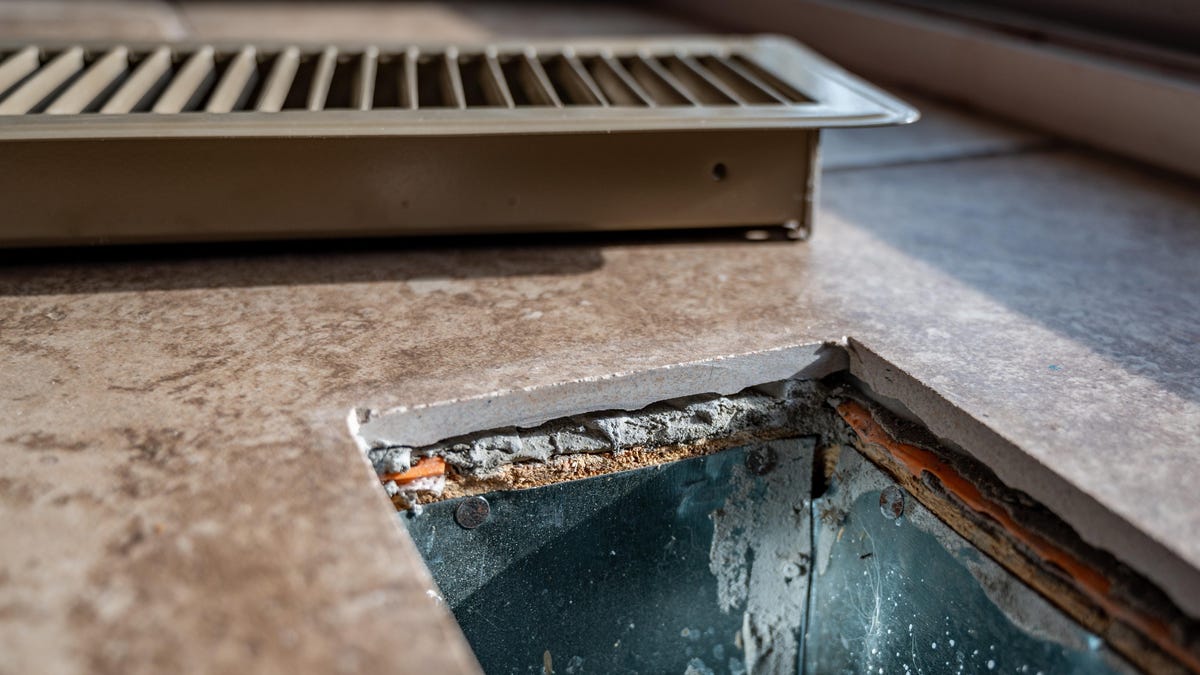Why You Need Vent Extenders This Winter

Placing furniture over vents is a bad idea. Blocking the flow of warm or cold air greatly complicates the operation of your heating and air conditioning system and reduces its efficiency. Placing a bed or sofa over a vent can also make it feel like you’re sitting or sleeping in an oven (or refrigerator). And if the vent is completely blocked, you risk encouraging mold growth by trapping warm, moist air from your furnace.
If any of these circumstances apply to you, you may be able to solve the problem by using a vent extender.
Vent extensions exhaust air behind or under furniture.
A vent extender is a simple device that fits onto a floor vent and creates a tunnel of sorts (ranging from a few inches to several feet in length) that directs the airflow out of the vent horizontally. Instead of heated or cooled air being trapped under a sofa, bed, or any other piece of furniture, it passes through an extension cord to the edge of that piece of furniture, where it can be distributed throughout the room as intended.
Basic vent extenders are relatively cheap (about $20 each) and most attach to the vent magnetically, so there are no tools or mess required. You move the furniture out of the way, attach the extension to the vent, and slide the plastic out to the desired length so that the edge of the extension is just inside the edge of the furniture. If the floor vent will be located under a built-in piece of furniture, such as a breakfast nook, you may have to put in a little more effort by inserting a vent plate onto the outside of the piece, like these people did (here’s a video showing the process).
Baffles redirect air from wall vents.
If you have a vent in the wall rather than the floor, you may run into similar problems if you need to place furniture in front of it. In this case, you will need a vent deflector instead of an extension. Air vent deflectors attach to a wall vent and redirect airflow so it doesn’t get caught behind furniture or blow super hot air straight down your neck while you’re watching TV. (You can also use floor vent baffles if you need to redirect the airflow rather than widen it.)